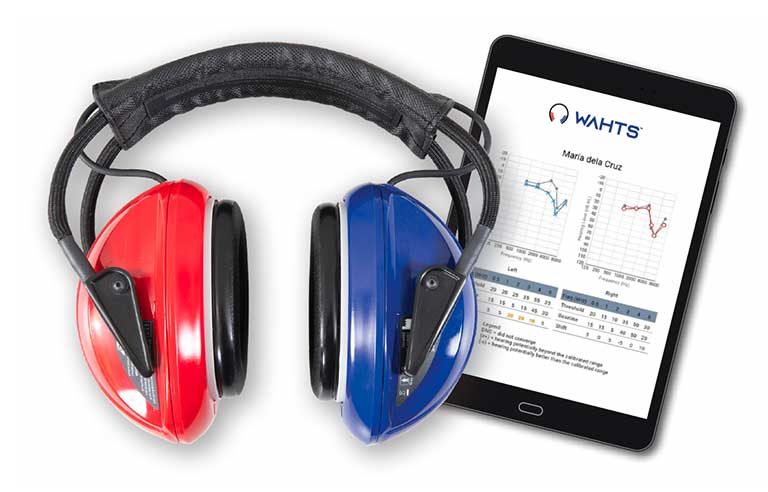Should I fit-test the hearing protection my workers use?

Responding is Garry G. Gordon, audiologist, E.A.R. Inc., Boulder, CO.
Traditionally, the verification of how well an ear protector (earmuffs or earplugs) attenuates has been conducted under laboratory standards that resulted in reporting a noise reduction rating. The resulting NRR score simply implied the expected attenuation when the product was properly installed at the time of use. Eventually, it became recognized that numerous end users – for a number of reasons such as poor fit, improper insertion and lack of comfort – weren’t achieving these values. As a result, employees with significant threshold shifts were identified through audiometric evaluations and advised about better options and procedures to minimize the risk of further hearing loss or workers’ compensation.
For those who were concerned about how to improve the selection and use of hearing protectors, in addition to verification of real ear attenuation at the time of fit, a new science was introduced known as fit testing. Test results were reported as personal attenuation rating – and like NRR scores, the higher the PAR value, the greater the attenuation. However, in this case, the value was a real onsite score for the employee, not a score achieved in a lab.
We’ve recently witnessed more organizations considering the inclusion of fit testing in addition to their required audiometric evaluations but, in several cases, only with new hires and those who may have demonstrated a threshold shift. This may be because of the time needed and expense to conduct such testing on all employees. Again, it comes down to time, money and necessity. Currently, fit testing isn’t required by OSHA. Many employers have reported that one of the biggest values of fit testing is educating employees on the proper use of hearing protection, in addition to minimizing the risk of overprotection.
Assessment in knowing whether to consider fit checking includes the following considerations:
- Knowing the actual PAR value will verify the performance of a product at the time of fit. It doesn’t verify if the employee altered or modified its use while on the job.
- Fit testing can add to the value of an educational program and minimize the risk of a noise-induced hearing loss.
- Audiometric exams that have been properly conducted will verify an employee’s hearing status and can be used to address the value of a claim. A question that remains: Will the results of a fit test be beneficial in minimizing or denying a claim by an attorney or forensic audiologist.
- Who will do the testing? In addition to audiometric examinations, fit testing will add to both time and expense. There are several options for purchasing test equipment that are fairly simple to use. Such testing can be conducted in-house or, in some cases, by an outside service that includes audiometric testing. Recent technology has enabled several options that include instrumentation that can provide audiometric testing in addition to fit testing.
The bottom line for considering the value of fit testing will be discovered during the assessment of time, expense and contribution to strengthen a hearing conservation program, in addition to minimizing the risk of unwanted claims. Although OSHA embraces new technology for certifying product performance, fit testing isn’t mandatory. However, in some parts of Europe, it’s required. So, it behooves us to pay attention and see what complications and benefits come about should such a requirement become part of our existing regulations.
Editor’s note: This article represents the independent views of the author and should not be considered a National Safety Council endorsement.
McCraren Compliance assists employers in protecting their workers, starting with a comprehensive Work-site Analysis, Hazard Prevention, Controls, and Safety & Health Training. Please take a moment to visit our calendar of classes to see what we can do to help your safety measures from training to consulting.
Original article published by Safety+Health an NSC publication